Equipment
Equipment changes come full circle for Choi
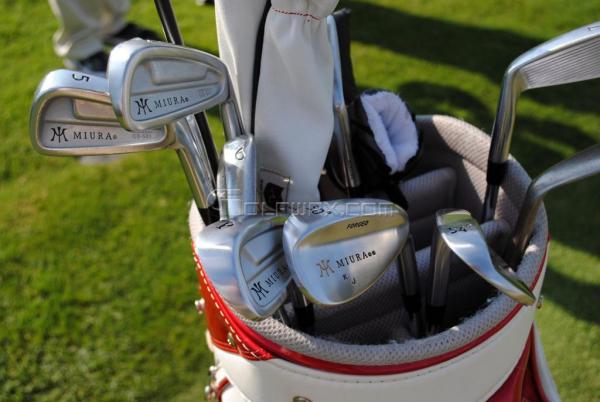
By Zak Kozuchowski
GolfWRX Managing Editor
There’s a simple rule most golfers follow when making equipment changes – don’t mess with success.
And golfers certainly shouldn’t switch from a set of clubs that helped them win the biggest tournament of their lives – at least not for a while. But that’s exactly what K.J. Choi, winner of The Players Championship last year, has done in 2012.
In early March, Choi put away the set of Miura CB-501 irons that he used in his victory at the TPC Sawgrass Stadium Course for a set of Cleveland 588 CB Forged irons. Just a few weeks later he sampled another manufacturer’s clubs, Ping i20 irons. But as the one-year anniversary of Choi’s win approaches, he again finds himself using the same set of irons that he used last year at The Players.
Many people will jump to point out that Choi’s tinkering was unnecessary – he should have been working on his game instead of trying to catch lightning in a bottle with an equipment change, they might say. But there’s another way of thinking about equipment changes. Bill Choung of CompuGolf Center in Dallas has been working with Choi on his equipment since March 2010. Since Choung opened CompuGolf nine years ago, he has been seeking to answer a simple question,
“How does an equipment change impact the golf swing?”
He’s found that changing equipment has a very real impact on a player’s swing, especially with tempo and rhythm.
The goal of Choung’s work with Choi has been to give Choi a higher trajectory and more spin on his iron shots. Choi felt that he wasn’t hitting the ball high enough or with enough spin to control his distances at major championships – setups that generally have firm greens and tight pin positions.
There are several different ways of achieving that goal, and Choi and Choung have tried just about all of them. Choi played the 2011 Masters with a 6-iron hybrid, which gave him a higher trajectory, more forgiveness and more spin. But Choi felt that he was sacrificing workability and feel, which led to more experimenting.
Choung hit paydirt when he built Choi a set of Miura CB-501 irons just days before the 2011 Zurich Classic. To create Choi’s desired ball flight, Choung used KBS Tour parallel tip shafts, which are different than the taper tip shafts used by nearly every other PGA Tour player. Whereas taper tip shafts are precut to a specific length for a certain club (6 iron shafts are generally used in 6 iron heads), parallel tip shafts are uncut, which means that they can be trimmed to fit any iron head. This allows the club builder to trim the shafts to the exact stiffness that a player desires.
Shaft stiffness, which is measured by the frequency of a shaft, is important because according to Choung it changes the way a player loads and unloads the club during the swing. When trimming Choi’s parallel tip shafts, Choung cut more off the butt end of the shaft and less off the tip, creating a “softer” tip that allowed for a higher trajectory and more spin. Choi liked the combination of the parallel tip shafts and the Miura CB-501 head, and the results proved it. That week he put the clubs in play to finish in the top 5 at the 2011 Zurich Classic, and of course, to win The Players two weeks later.
There are at least two reasons why Choi decided to change from the iron set that brought him a $1.7 million payday and a new level of fame in the golf world. First, he received information that parallel tip shafts were not generally played on the PGA Tour, which made him interested in trying taper tip shafts. Second, he changed because he was in the process of trying out different iron heads and shaft combinations that he thought might improve on the results of the Miura set he used to win The Players.
When Choi changed to a taper tip shaft, he was forced to use a softer flex to give him the trajectory he wanted. While this resulted in the desired higher flight, he lost consistency and control.
Science or art?
Talking about Choi’s golf clubs in terms of shaft frequency, spin rate and launch angle creates the assumption that his swing is always the same. While Choi does have one of the most consistent golf swings on Tour, even he falls in and out of bad habits. That’s why it’s Choung’s belief that no matter how technically sound a golfer’s fundamentals are, the golf swing is still an organic movement.
“When [golfers] change clubs, what they are really doing is changing their swing,” Choung said. “More than anything, they are inducing a change in tempo and rhythm.”
So it’s no surprise to Choung that Choi has returned to his Miura CB-501 irons with parallel tip shafts. He was struggling during the time he was playing Cleveland and Ping irons, shooting only two rounds in the 60s during that period. Last week, when he returned to the Miuras, he shot two rounds in the 60s and finished tied for 39th. It wasn’t a huge improvement, but it was his best finish in relation to par since the Hyundai Tournament of Champions in January.
Choung said that Choi’s performance since switching back to parallel tip shafts might have improved because of the increased tip diameter of parallel tip shafts — .370 inches instead of the .355 inch tip that taper tip shafts offer. So why don’t more Tour pros opt for parallel tip shafts if they offer more stability? According to Choung, it’s because parallel tip shafts are much more labor intensive to build. Choung and his staff at CompuGolf can build a set of taper tip shafts in about 30 minutes, while it takes them about three hours to build a set of parallel tip shafts.
A lot of independent club builders and even Tour vans can’t justify spending extra time to create frequency-matched sets either, but Choung’s research has shown the value in it. Because of the chaotic nature of the shaft industry, where one industry’s stiff flex is another’s x-flex, Choung places huge value in frequency matching, which streamlines the frequency throughout the set. For example, Choi’s driver shaft frequency, the base measurement Choung uses to find the frequencies for the rest of his clubs, is 271. As shaft length decrease, however, frequency must increase to match. Choung and his team did testing of exactly how many cycles frequency should increase as the shaft shortens .5 inches, and their researched concluded that four cycles is best. That’s why Choi’s 4 iron, which measures 38.5 inches, has a frequency of 314, while his 60 degree wedge, which measures 34.5 inches, has a frequency of 334.
So what does all this mean for the average golfer? Even if you don’t swing like Choi, Choung said that there is still good reason to go through a verifiable fitting process, especially processes like his that have an improvement guarantee.
“A lot of golfers come to me and they say I’m hitting my driver well, but can’t hit my irons,” Choung said. “Or they say that they’re hitting their irons well and can’t hit their driver. Often there’s a total mismatch between the driver and the irons. They’ve adapted their swings to either the driver or the irons.”
If you still can’t be swayed to go through a custom-fitting process, Choung has this advice for you. The club that you liked demoing so much – buy it. But don’t order it. Buy that exact club. Because chances are, the one you order will be slightly different.
Click here for more discussion in the “Clubmaking” forum.
- LIKE0
- LEGIT0
- WOW0
- LOL0
- IDHT0
- FLOP0
- OB0
- SHANK0
Equipment
Webb Simpson equipment Q&A: Titleist’s new 2-wood, 680 blade irons, and switching to a broomstick Jailbird
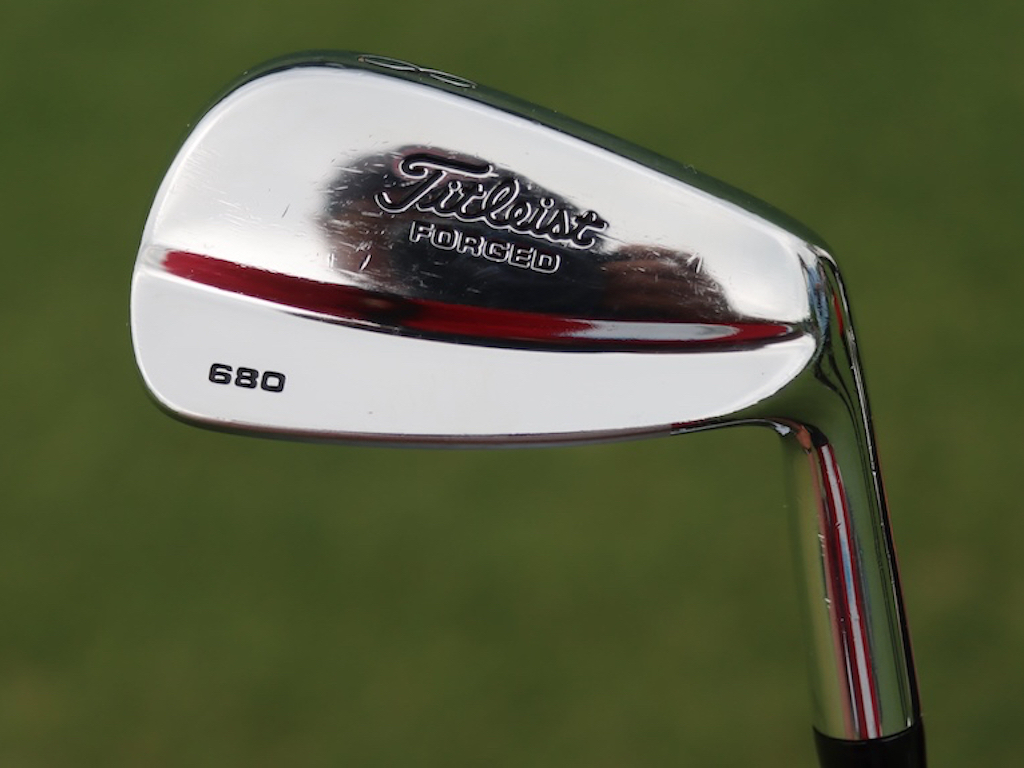
With seven career wins on the PGA Tour, including a U.S. Open victory, Webb Simpson is a certified veteran on the course. But he’s also a certified veteran in the equipment world, too. He’s a gearhead who truly knows his stuff, and he’s even worked closely with Titleist on making his own custom 682.WS irons.
On Wednesday at the 2024 Wells Fargo Championship, I caught up with Simpson to hear about his experience with Titleist’s new prototype 2-wood, how Titleist’s 680 Forged irons from 2003 ended up back in his bag, and why he’s switching into an Odyssey Ai-One Jailbird Cruiser broomstick putter this week for the first time.
Click here to read our full story about Simpson’s putter switch on PGATOUR.com’s Equipment Report, or continue reading below for my full Q&A with Simpson at Quail Hollow Club on Wednesday.
See Webb Simpson’s full WITB from the 2024 Wells Fargo Championship here
GolfWRX: It seems like you’ve been a little all over the place with your irons in the past six months or so, and now going back to the 680’s. Is that just a comfort thing? What’s been going on with the irons?
Webb Simpson: Titleist has been so great at working with me, and R&D, on trying to get an iron that kind of modernizes the 680. And so the 682.WS took the T100 grooves, but kinda took the look and the bulk and the build of the 680’s into one club. They’re beautiful, and awesome looking. I just never hit them that well for a consistent period of time. It was probably me, but then I went to T100’s and loved them. I loved the spin, the trajectory, the yardage, but again, I never went on good runs. Going through the ground, I couldn’t feel the club as well as with the blade. So last week, I’m like, ‘Alright. I’m gonna go back more for…comfort, and see if I can get on a nice little run of ball striking.’
So that’s why I went back.
View this post on Instagram
OK, that makes sense. I know you had done some 2-wood testing recently. Is that in the bag right now?
It’s like day-by-day. I used it at Hilton Head every day. Valero, I used it one round. And this week, me and my caddie will do the book every morning, and if it’s a day where we think we need it, we’ll just put it in and take the 3-wood out. I love it because it’s a super simple swap. Like, it doesn’t really change much.
Yeah, can you tell me about that club? I mean, we don’t really know anything about it yet. You know? I haven’t hit it or anything, obviously.
It has grooves like a 3-wood. Spin is perfect. And it’s honestly, like, everything is in the middle of a 3-wood and driver number. Trajectory, spin, carry, all of it. So, a Hilton Head golf course is almost too easy to talk about because, you know, there, so many holes are driver 3-wood.
Valero, our thinking was we had two par-5’s into the wind, and we knew that it would take two great shots to get there in two. So instead of hitting driver-driver, we just put it in. And I used it on those holes.
Hilton was a little easier because it was off-the-tee kind of questions. But Colonial will be a golf course where, you know, there’s a lot of driver or 3-woods. It’s kind of like a backup putter or driver for me now. I’ll bring it to every tournament.
So it’s, like, in your locker right now, probably?
Well, it would be. It’s in my house [because Webb lives near by Quail Hollow Club, and is a member at the course.] It’s in the garage.
Oh, yeah, that’s right. Do you know what holes you might use it out here if it goes in play?
Potentially 15, depending on the wind. Second shot on 10. Could be 14 off the tee. The chances here are pretty low (that he’ll use the 2-wood). But, like, Greensboro would be an awesome club all day. I’m trying to think of any other golf courses.
There’s plenty that it’ll be a nice weapon to have.
It’s interesting, the wave of 2-woods and mini drivers. Like, it’s just really taken off on Tour, and all the companies have seemed to embrace it.
Yeah. The thing I had to learn, it took me, like, at least a week to learn about it is you gotta tee it up lower than you think. I kept teeing it up too high. You need it low, like barely higher than a 3-wood. And that was where I got optimal spin and carry. If you tee it up too high, you just don’t get as much spin and lose distance, I don’t know if that’s just a mini driver thing.
And you obviously have a Jailbird putter this week. What spurred that on?
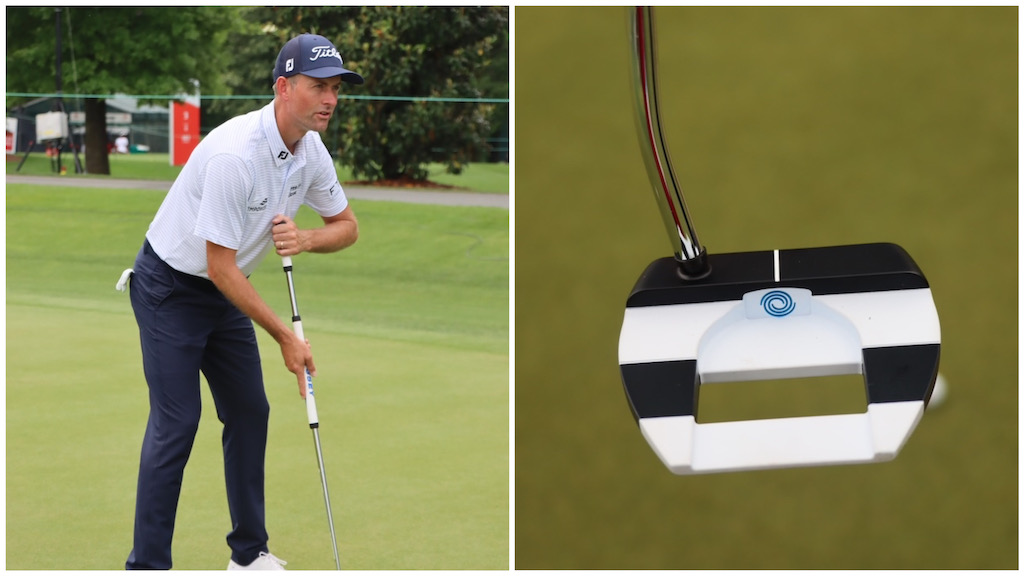
Inconsistent putting. I’m stubborn in a lot of ways when it comes to my equipment, but I have to be open minded – I just hadn’t putted consistently well in a while. And I’m like, ‘Man, I feel my ball-striking coming along. Like I feel better; for real, better.’
If I can just get something in my hands that I’m consistent with. Being on Tour, you see it every year, guys get on little runs. I can put together four to five tournaments where I’m all the sudden back in the majors, or in the FedExCup Playoffs. You can turn things around quick out here. I’m like, ‘Man, whatever’s going to get me there, great.’
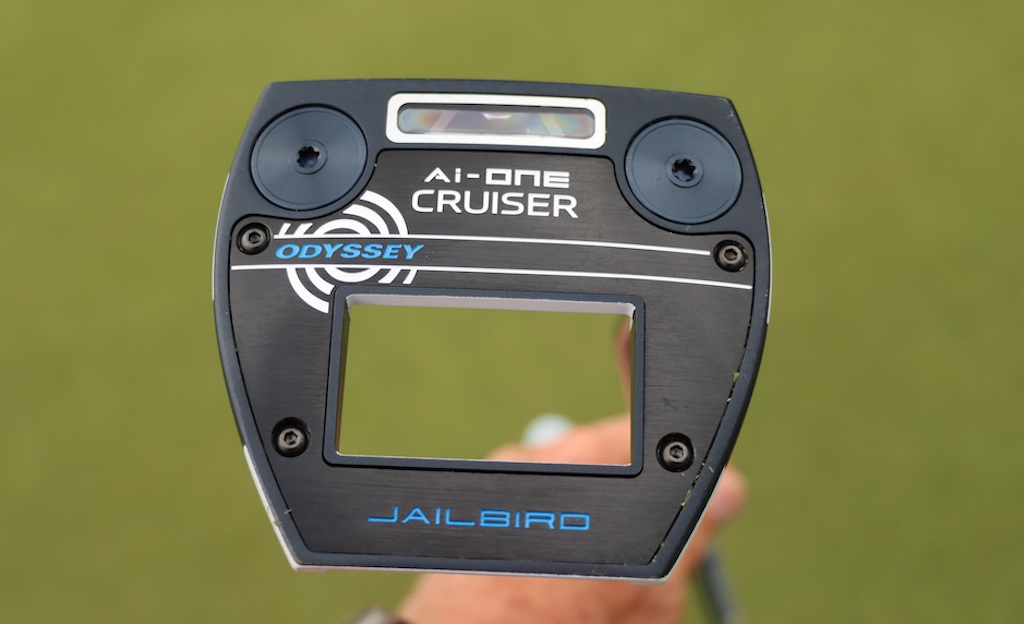
My caddie, David Cook, caddied for Akshay at the Houston Open and he putted beautifully. Then, I watched Akshay on TV at Valero, and he putted beautifully. And, I’m like, ‘I’m just going to try it.’
I’ve never tried it for more than a putt or two, and I just ordered what Akshay uses. It was pretty awkward at first, but the more I used it, the more I’m like, ‘Man, it’s pretty easy.’ And a buddy of mine who’s a rep out here, John Tyler Griffin, he helped me with some setup stuff. And he said at Hilton Head, he wasn’t putting well, then tried it, and now he makes everything. He was very confident. So I’m like, ‘Alright, I’ll try it.’”
And you’re going with it this week?
Hundred percent.
Alright, I love it. Thank you, I always love talking gear with you. Play well this week.
Thanks, man.
See Webb Simpson’s full WITB from the 2024 Wells Fargo Championship here
- LIKE16
- LEGIT1
- WOW1
- LOL1
- IDHT0
- FLOP0
- OB0
- SHANK1
Product Reviews
GolfWRX member testing: L.A.B. Golf DF3 putters
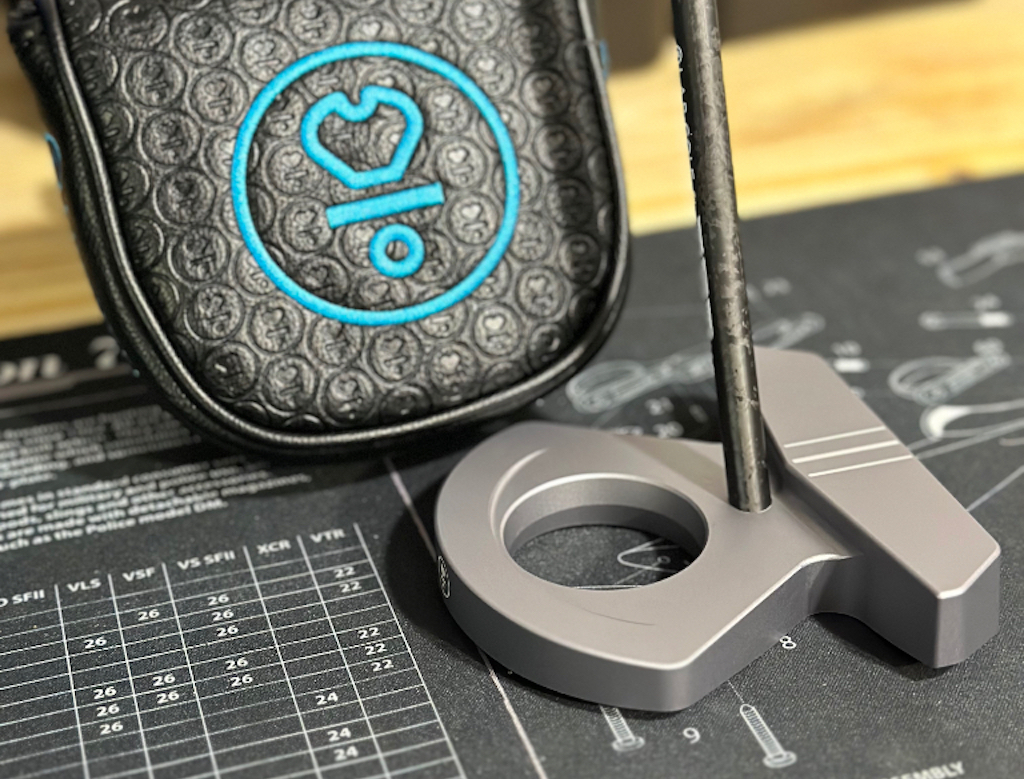
Like L.A.B. Golf’s larger DF 2.1 putter, the new DF3 is “fully automatic.” That means golfers will get the full experience of DF3 wanting to guide itself on the correct path on the way back and through. This is possible thanks to L.A.B. Golf’s patented Lie Angle Balance technology. The technology creates true zero-torque putters that stay square by themselves. Golfers can trust that L.A.B. Golf putters will return to square without any need for manipulation.
How we choose our testers
GolfWRX staff evaluates each entry against the criteria laid out in the testing thread to determine the best fit for each specific product — For example, if a game-improvement iron is being tested, game-improvement iron-playing golfers will be considered.
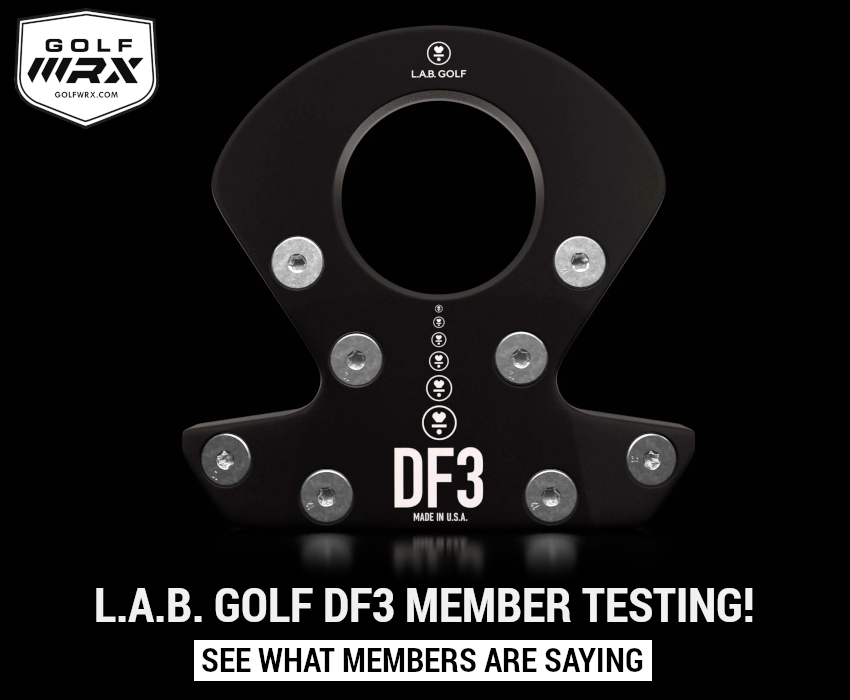
Overall tester feedback
Overall, our testers were impressed with the ease and precision of the remote-fitting process with its custom options. On the whole, even those skeptical about the DF3’s shape enjoyed the ease of alignment and consistent delivery of putter to ball, with some testers pointing to an initial “adjustment period.” Those who had played previous L.A.B. creations universally praised the improved feel of the DF3.
What our members said
“I try to take a lighter grip typically when I putt or at least when I am putting my best. I can do that for the most part BUT it is on the shorter putts lately where the grip gets a little tighter at times. The one thing I tried to focus on, after watching some videos Sam has putt online about how to putt with his putters, was to not feel pressure in my thumbs during the stroke and let the putter swing more freely. When you do this, this putter just wants to rock back and forth. Let the putter/tech do the work for you without your brain trying to telling to manipulate the face in any way. It was a different feeling not having that “torque” working against your hands in the feel of the stroke.”
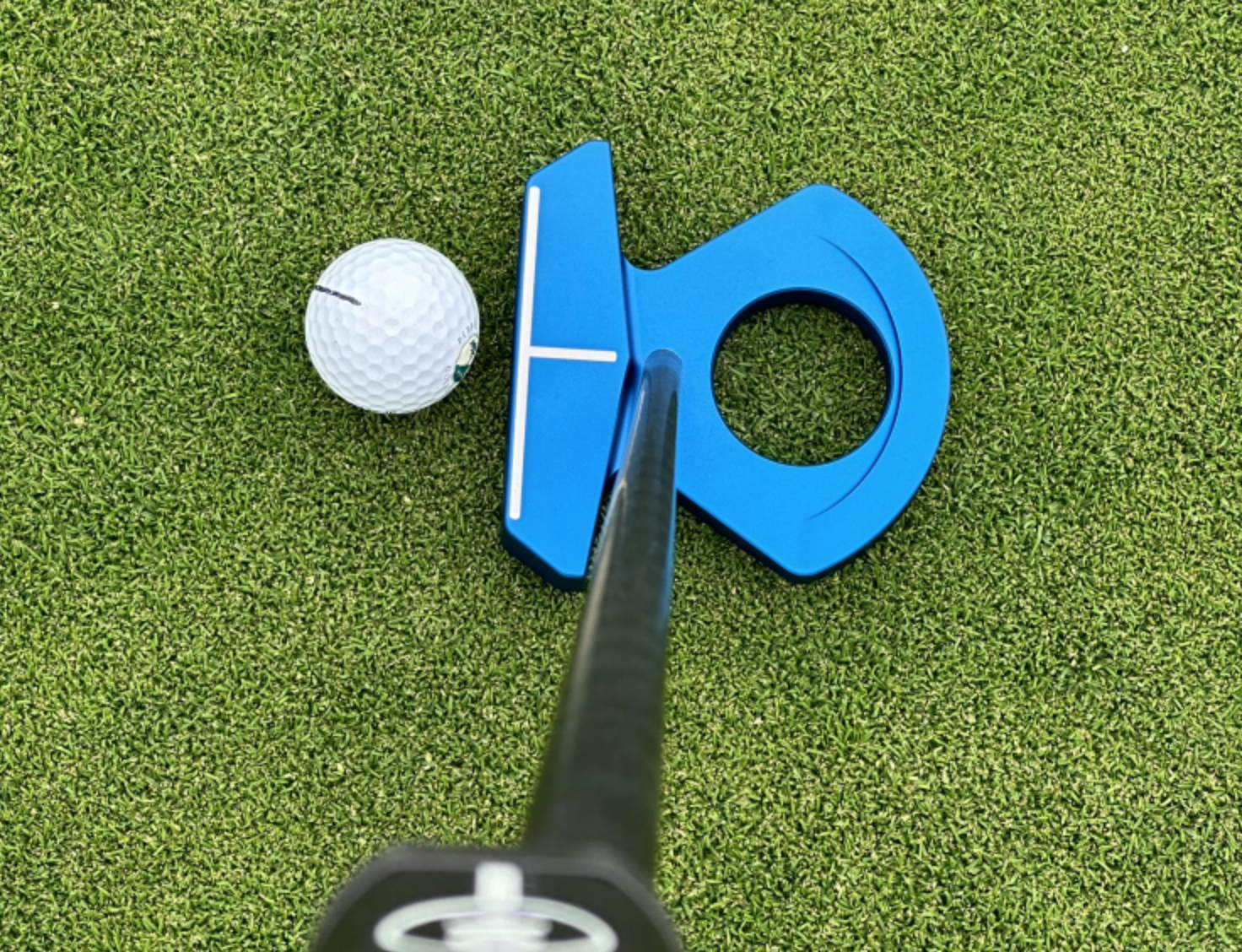
“At this point, I feel completely confident with this putter. I have never seen the ball roll this consistently end over end on my start line. It has made me realize that I definitely have a bit of work to do in the green reading department, but what’s really nice is that it never leaves me guessing. When I watch the ball start on my line and roll perfectly end over end, it is at least nice to be able to definitively say “oh I just misread that” while taking out almost every other variable.”
“Also for whatever reason people find the gimme getter so hilarious. It’s always just “oh cool that picks up balls?!”…Unless something wild happens this putter will be staying in the bag for the foreseeable future including the tournament schedule over the season, I’ve got almost nothing bad to say about it.”
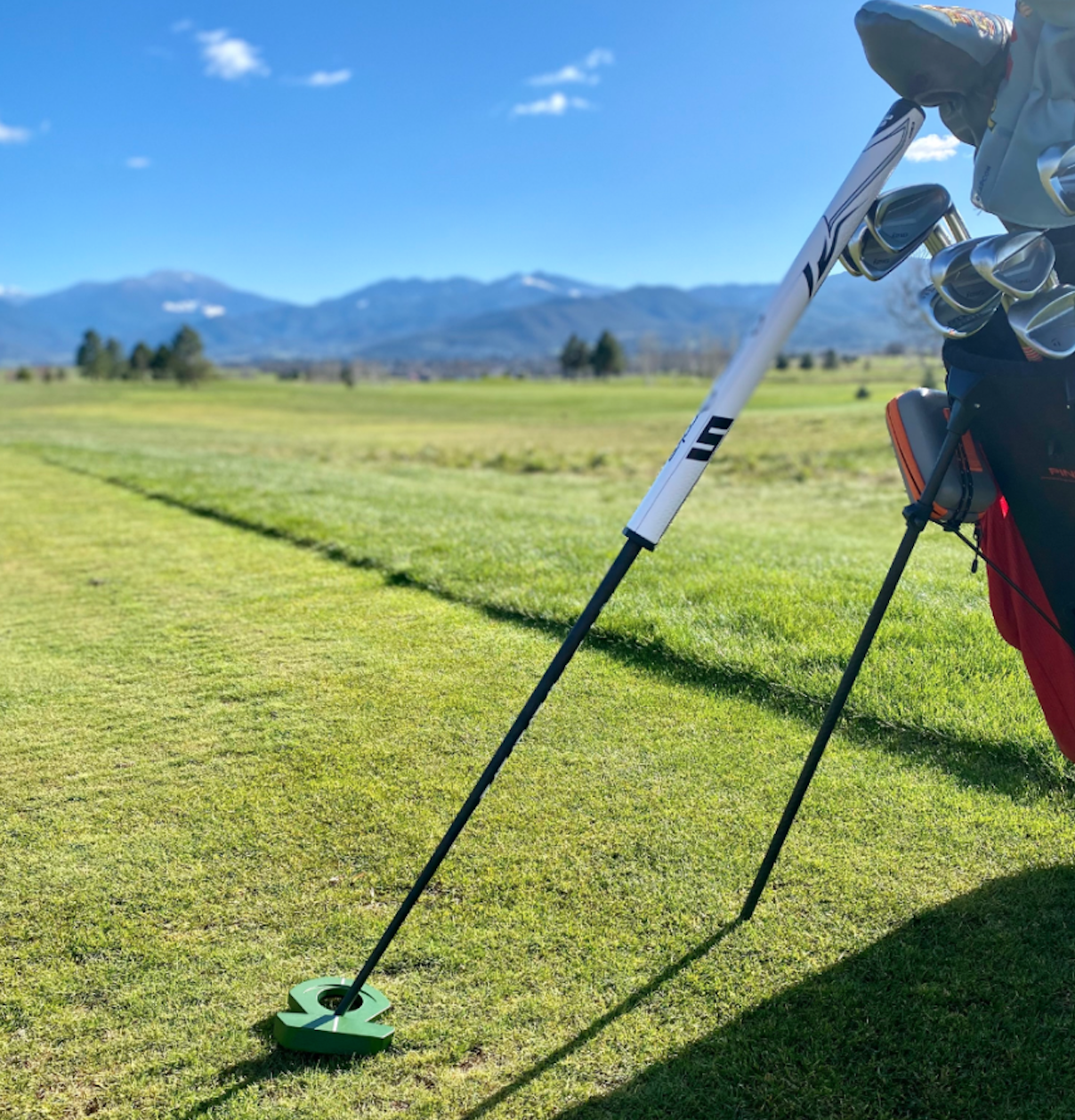
“It’s everything I hoped it would be. I’m very happy I went with the heavier head option, I fear the standard weight would have felt a touch too light for my taste. So shout out to Calvin for being spot on there. At the current weight, I can have a light grip pressure and let gravity do the work. The head just feels incredibly stable and amazingly solid. Speaking of grip, I really debated what grip to go with and the Press Pistol seems like a great choice. The grip feels very versatile for different putting styles, maybe a bit less so for left hand low (imo). I’m mostly a “2 thumbs” guy but have gone back and forth with left hand low as well as claw. The grip tapers down to a smaller flat oval at the bottom. I didn’t love it for left hand low, but for a claw style grip it is really really good.”
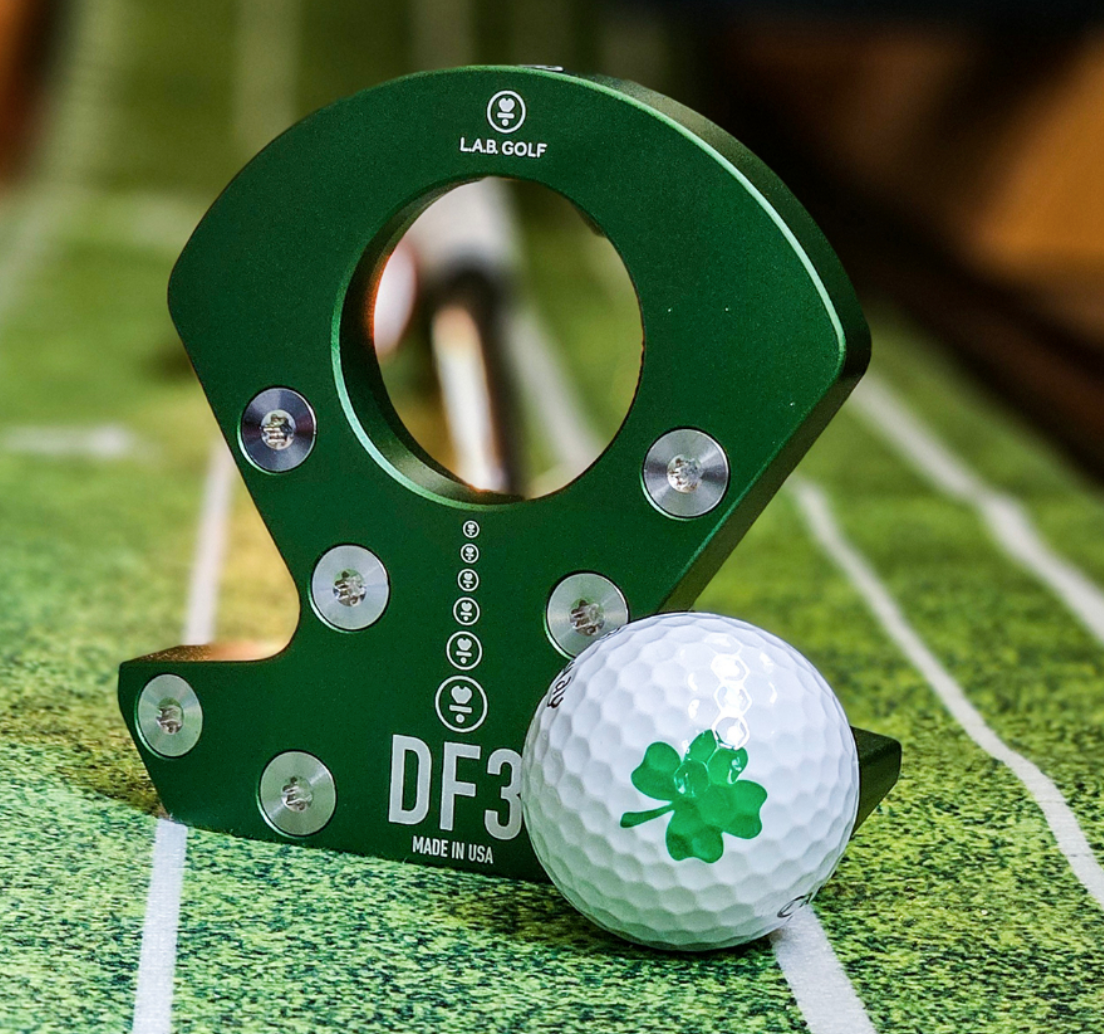
“This putter isn’t going to magically turn a poor putter in to Brad Faxon on the greens. But what I can say with confidence is that removing the excessive face rotation from the putter makes creating a repeatable, consistent stroke infinitely easier to obtain. If you’ve been wanting to try a LAB putter, this is the one truly worth taking the dive on in my opinion. Having never been completely blown away with the Mezz or DF 2.1, this putter has really changed my opinion. I’ve always been really intrigued by the technology, and completely buy in to the concept, but I’ve never been able to get past what I perceived to be less than stellar looks, sound and feel. LAB, in my opinion, has address and improved on all of those things. While this putter still looks far from conventional, it did not take long to get comfortable with the look or footprint. It’s not overly obnoxious in size and sets up so well behind the ball.”
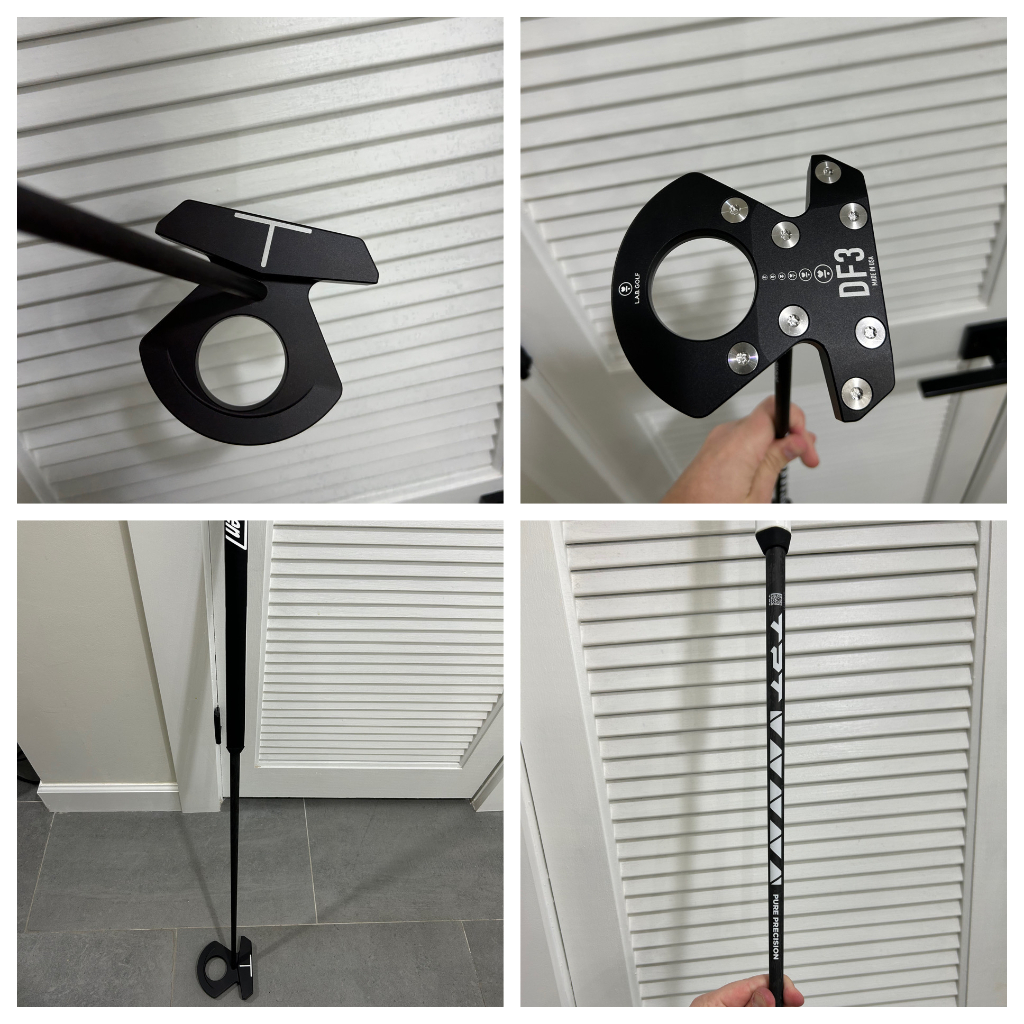
“As far as consistency, it’s ridiculous. You can hit these putters ANYWHERE on the face and the ball rolls end over end. And whether you hit it in the middle, on the toe, or on the heel. The balls roll pretty much the same distance, easily within 6″ of each other.”
“LAB really did a great job with the new smaller size as well. The DF 2 always felt like I was putting with a branding iron. The DF 3 is a perfect compact size and very easy to look down at.”
“The DF 2 I had was an armlock putter. So my only concern with the DF 3 was the grip. I have never been a hands pressed forward putter. It was recommended to me to go with the Press II 1.5* grip so I did. Went with the textured grip and it is perfect. I putt with the pencil grip and my hands are very comfortable.”
“As much as I love the roll that the PXG milled face putters (which I’ve been using for years) put on the ball the DF 3 is even better. Can’t believe I’m saying this but you will soon see my PXG putter on the BST.”
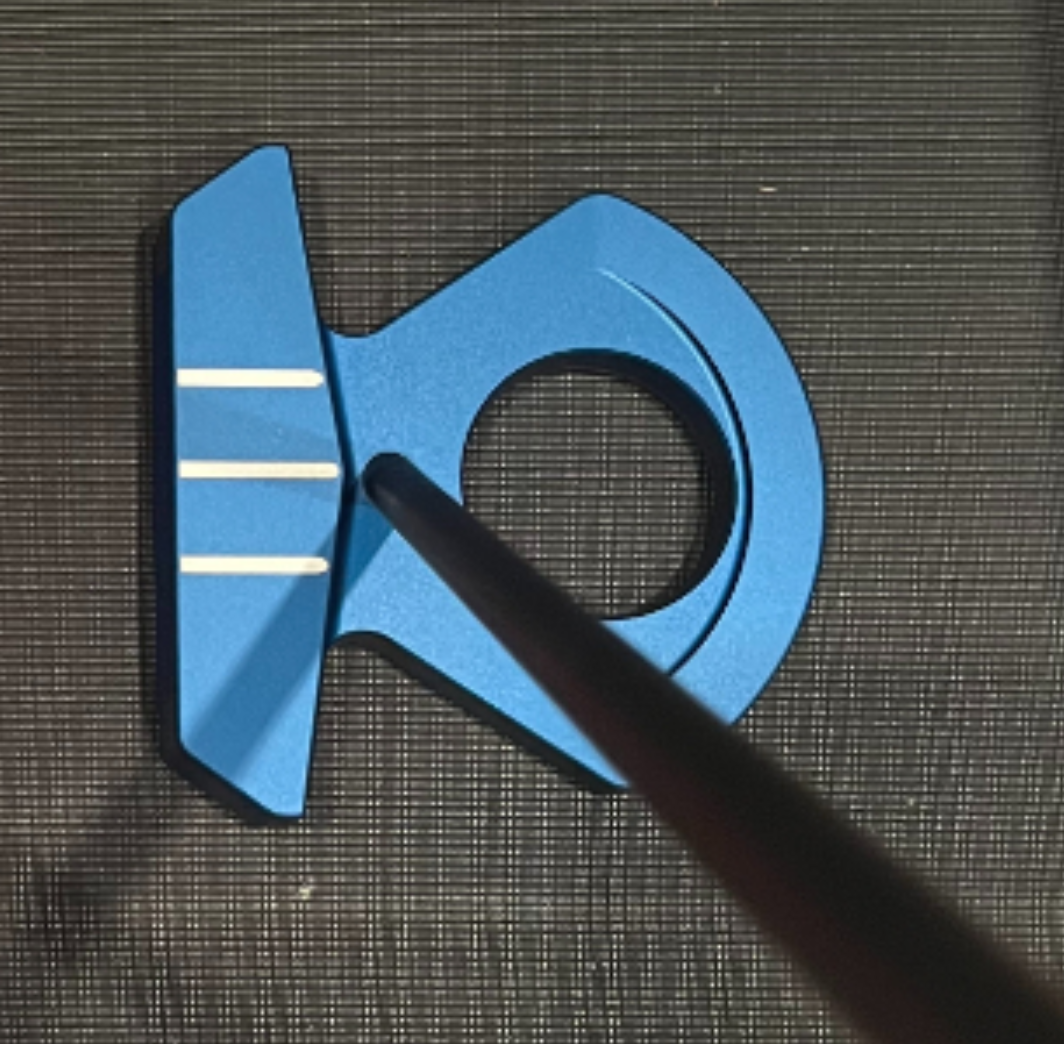
Member review themes
- Ease of remote fitting process
- Putter stability
- Surprisingly good sound and feel
- Ease of getting a putt on line
- Ease of alignment
Check out the full review thread here.
More about GolfWRX member testing
Member testing gives our forum members the opportunity to put the latest golf equipment through the paces. In exchange for getting a product to test (and keep), forum members are expected to provide in-depth product feedback in the forums, along with photos, and engage with the questions of other forum members.
For brands, the GolfWRX member feedback and direct engagement is a vital window into the perceptions of avid golfers.
You can find additional testing opportunities in the GolfWRX forums.
- LIKE0
- LEGIT0
- WOW0
- LOL0
- IDHT0
- FLOP0
- OB0
- SHANK0
Whats in the Bag
Matthieu Pavon WITB 2024 (May)
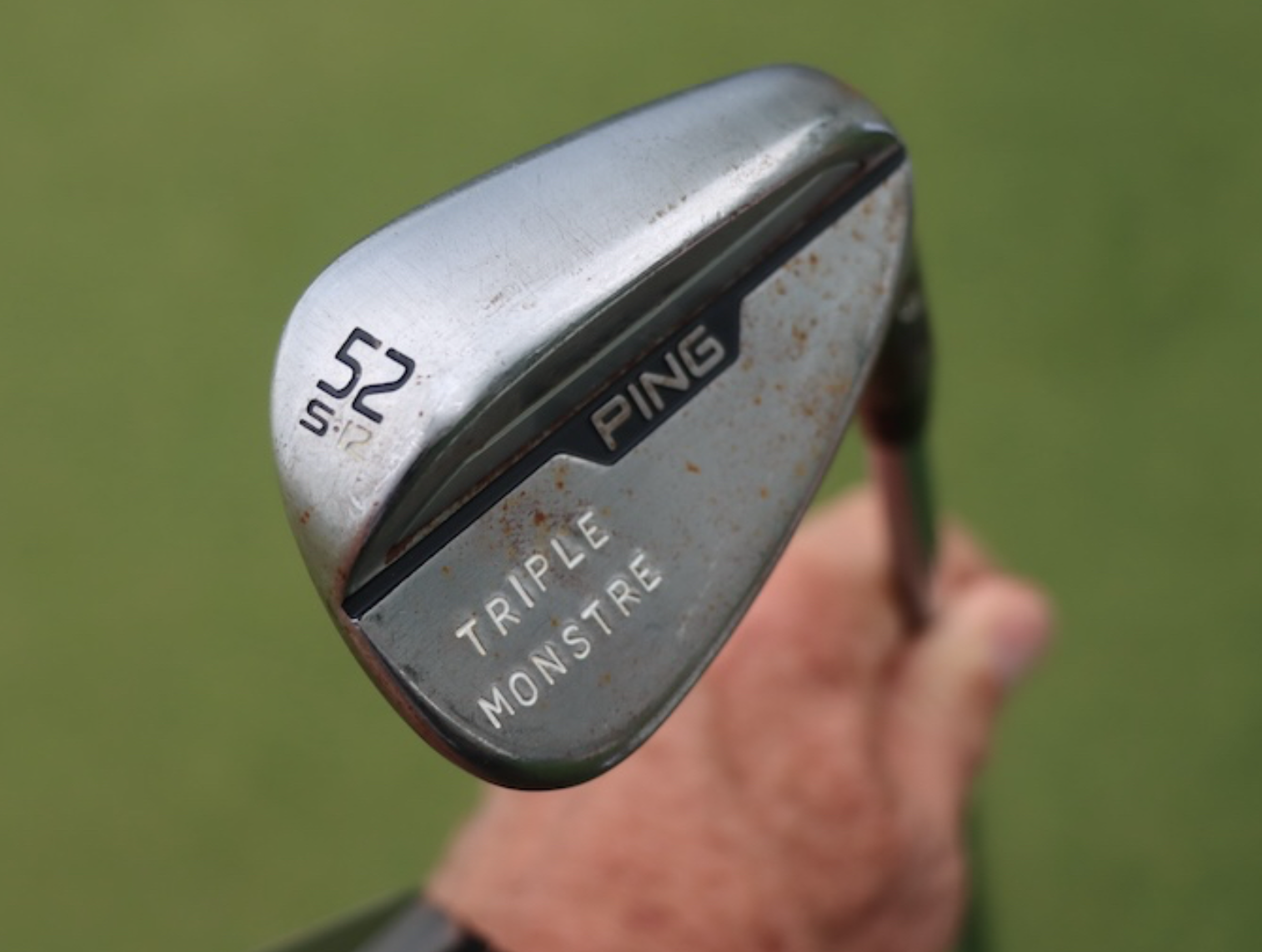
- Pavon’s WITB accurate as of the Wells Fargo Championship. More photos from the event here.
Driver: Ping G430 Max (9 degrees)
Shaft: Fujikura Ventus TR Black 6 X
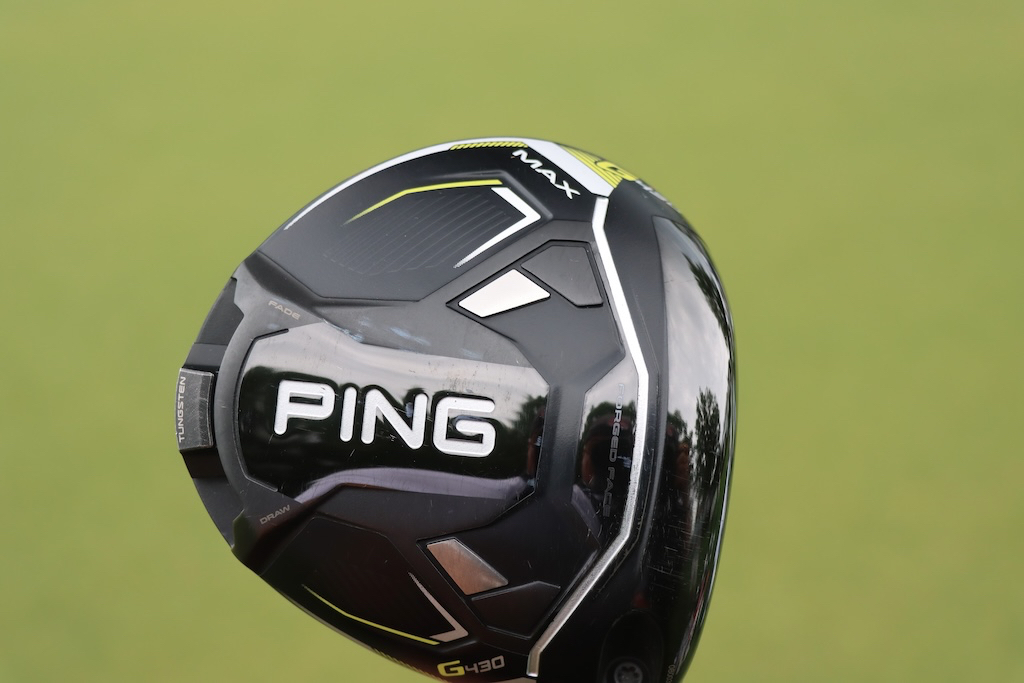
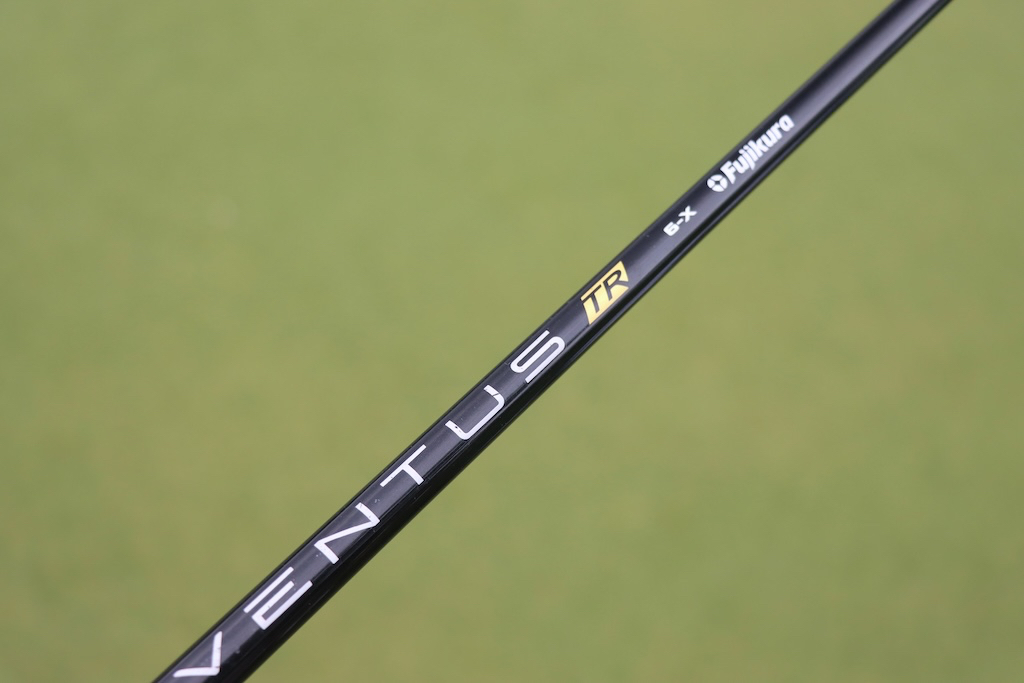
3-wood: Ping G430 LST (15 degrees)
Shaft: Fujikura Ventus TR Black 7 X
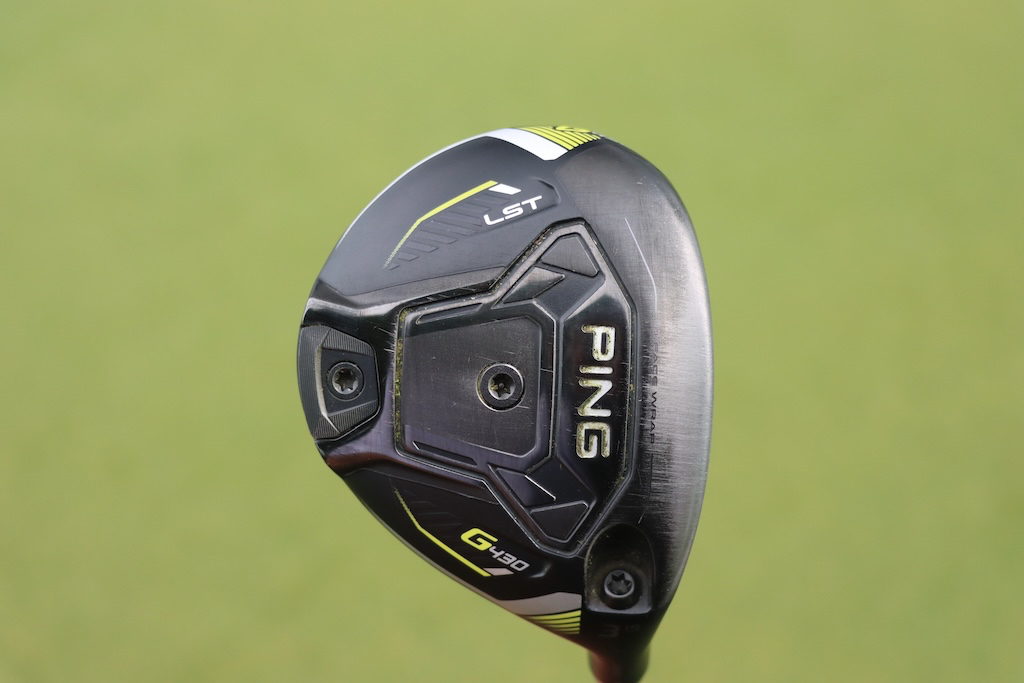
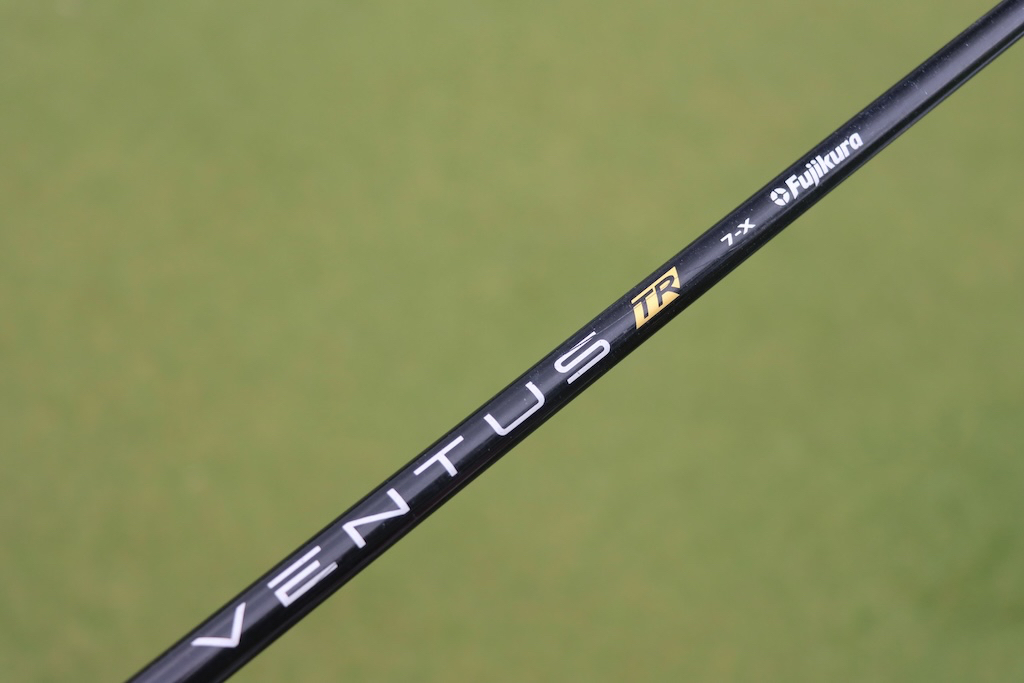
Hybrid: Ping G430 (19 degrees)
Shaft: Fujikura Ventus Black 10 X
Irons: Ping i230 (3-PW)
Shafts: Nippon Modus3 Tour 120 X
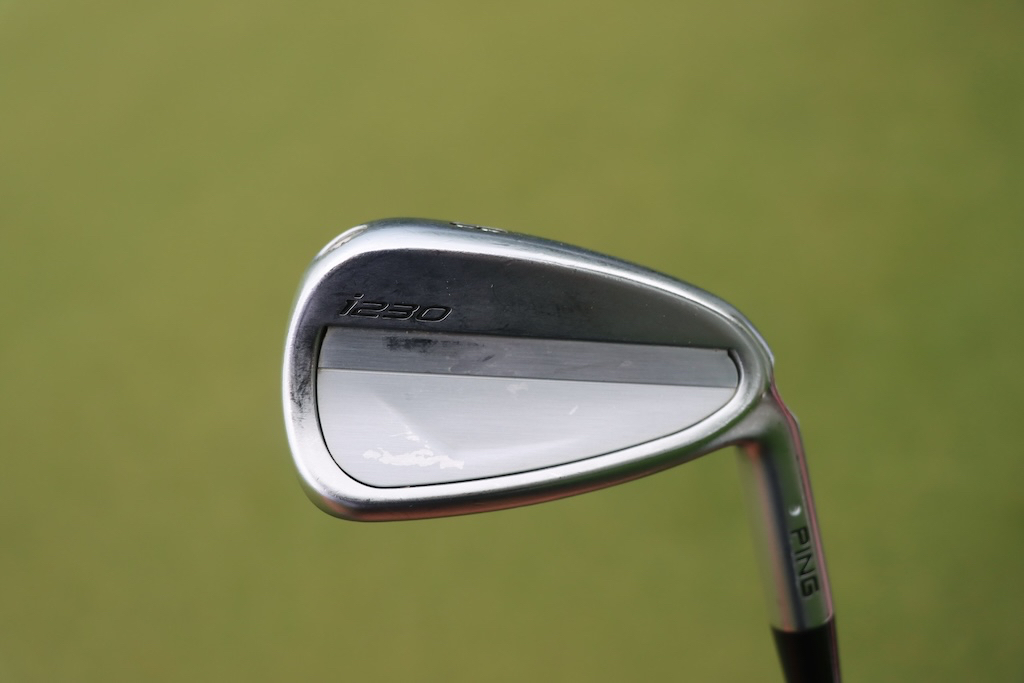
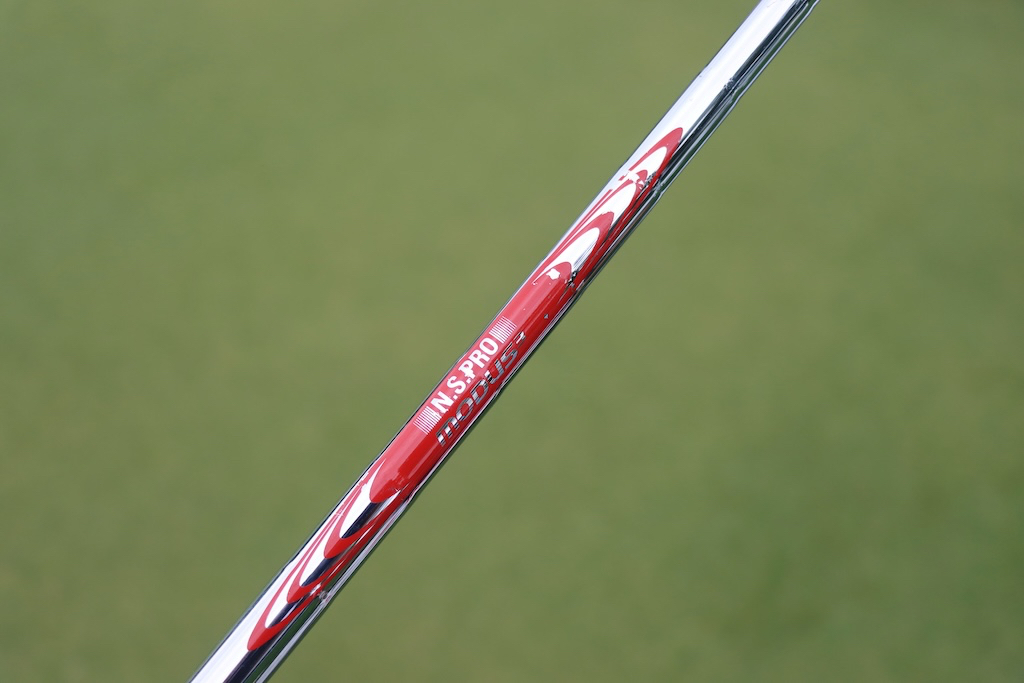
Wedges: Ping Si59 (52-12S, 58-8B)
Shafts: Nippon Modus3 Tour 120 X

Putter: Ping Cadence TR Tomcat C
Grip: SuperStroke Claw 1.0P
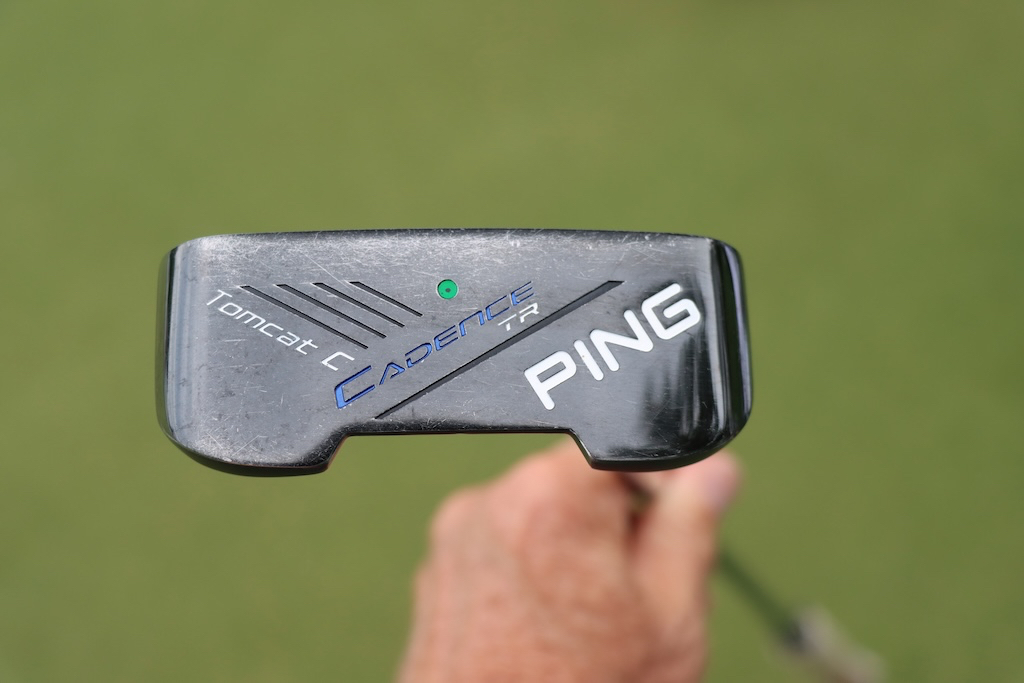
Grips: Golf Pride MCC Align
Ball: Titleist Pro V1
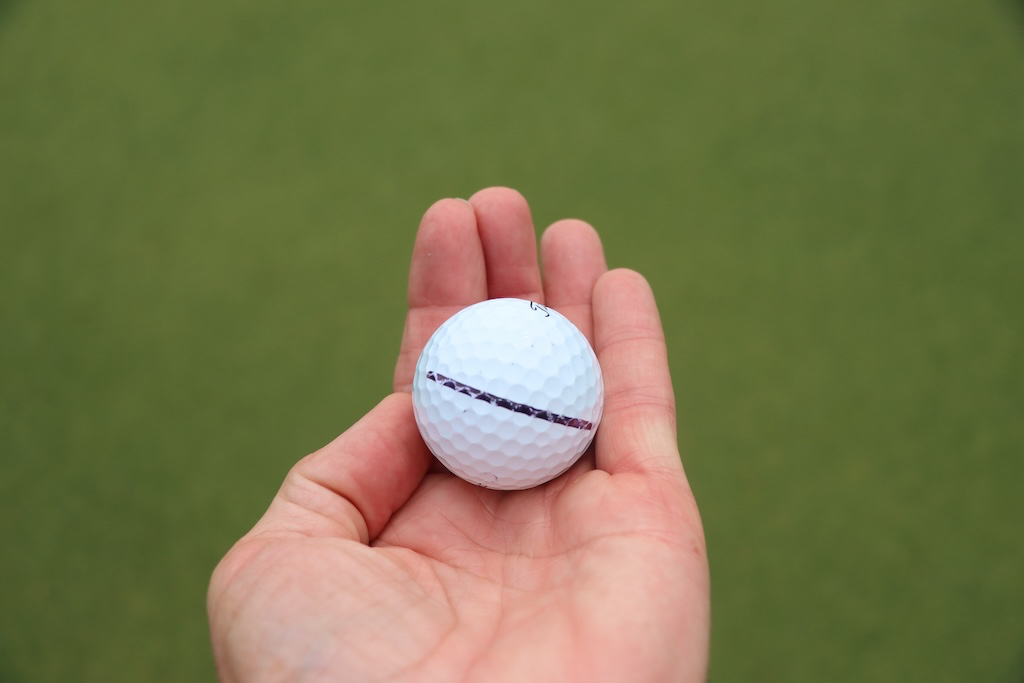
Check out more in-hand photos of Pavon’s gear here.
- LIKE3
- LEGIT1
- WOW0
- LOL0
- IDHT0
- FLOP0
- OB0
- SHANK0
-

 19th Hole3 weeks ago
19th Hole3 weeks agoJustin Thomas on the equipment choice of Scottie Scheffler that he thinks is ‘weird’
-

 19th Hole3 weeks ago
19th Hole3 weeks ago‘Absolutely crazy’ – Major champ lays into Patrick Cantlay over his decision on final hole of RBC Heritage
-

 19th Hole2 weeks ago
19th Hole2 weeks agoLET pro gives detailed financial breakdown of first week on tour…and the net result may shock you
-

 19th Hole3 days ago
19th Hole3 days agoReport: LIV star turns down PGA Championship invite due to ‘personal commitments’
-

 19th Hole1 week ago
19th Hole1 week agoGary Player claims this is what ‘completely ruined’ Tiger Woods’ career
-

 Whats in the Bag2 weeks ago
Whats in the Bag2 weeks agoTeam McIlowry (Rory McIlroy, Shane Lowry) winning WITBs: 2024 Zurich Classic
-

 Equipment1 week ago
Equipment1 week agoGolf fans left surprised by LIV’s choice of course for its 2024 individual championship event
-

 19th Hole1 week ago
19th Hole1 week agoLIV star splits with swing coach after working together for 14 years

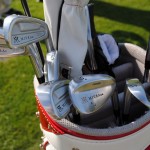
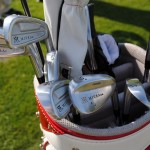
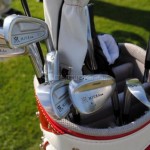
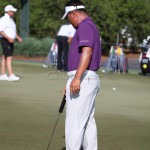
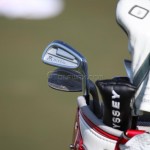
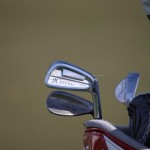

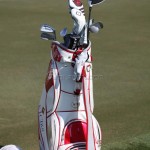
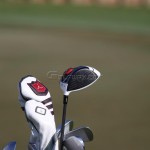


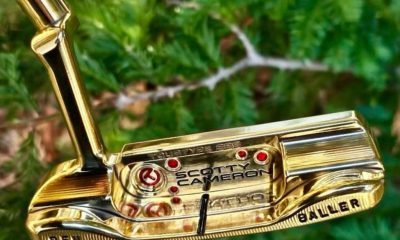

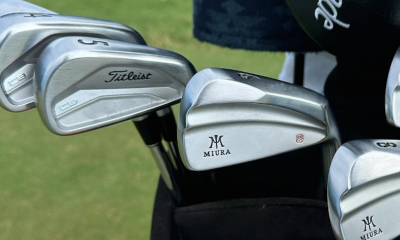

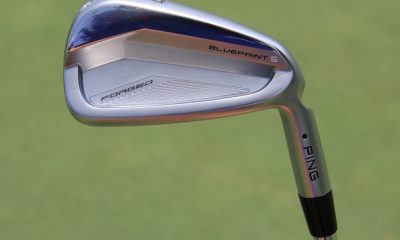



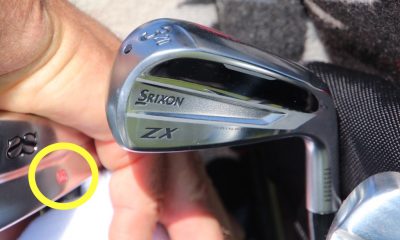

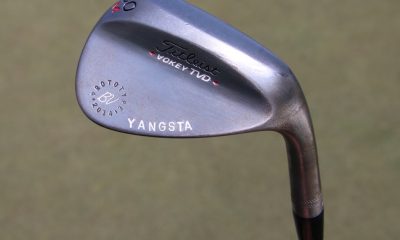

















John
Sep 19, 2012 at 1:04 am
Jon, oftentimes players prefer softer wedges as they are not making full/all-out swings with those clubs. They are looking for more feel and control in the short, scoring shots. For this reason, we often build the wedges a little softer than the rest of the set.
Jon
Jul 12, 2012 at 2:57 pm
I don’t understand the math. If 4 cycles per 0.5 inches is the rate, how do we go from a 38.5″ 4 iron at 314 cpm to a 34.5″ wedge at 334 cpm? Four inches is eight one-half inches, times 4 cycles, is 32 cycles. 314+32=346, not 334. The article makes no sense.
Michael
Jun 8, 2012 at 4:33 am
Old news from the building stand point. I try to avoid using taper tip shafts, since you can’t make a set with a correct frequency slope. You would have to have to many sets in your workshop, to do it right and you would have to through away to many shafts, that just don’t fit into a matched set. This is why I always try to work with parallel tips.
Tim
May 17, 2012 at 1:23 am
Mike, Really? That my friend, is how you frequency match a set of clubs.
Ian
May 12, 2012 at 11:02 pm
Bill Choung does great work. He did several clubs for me in Dallas years ago as well as clubs for many of my friends….the work was always first class
Mike Krzewsky
May 11, 2012 at 9:34 pm
I heard this guy is not all that great and he had originally messed up KJ’s clubs by cutting the tip end instead of the butt end.
Brian Cass
May 11, 2012 at 9:59 am
This is why Villegas and McDowell have struggled after seemingly nonsensical equipment changes (McDowell wins at Pebble then takes a signing bonus to Srixon…where’s he been of late?) Villegas wins Honda then switches to TMade (where’s he been of late???).
Sam
May 9, 2012 at 12:47 pm
Had that exact same thing done several years ago to a set (frequency matched parallel tip shafts installed). Initially felt soft but played some marvelous rounds with them. Went back to tapered tips and regretted selling the set ever since.
Pingback: Anonymous
Pingback: Equipment changes come full circle for Choi | Augusta Blog